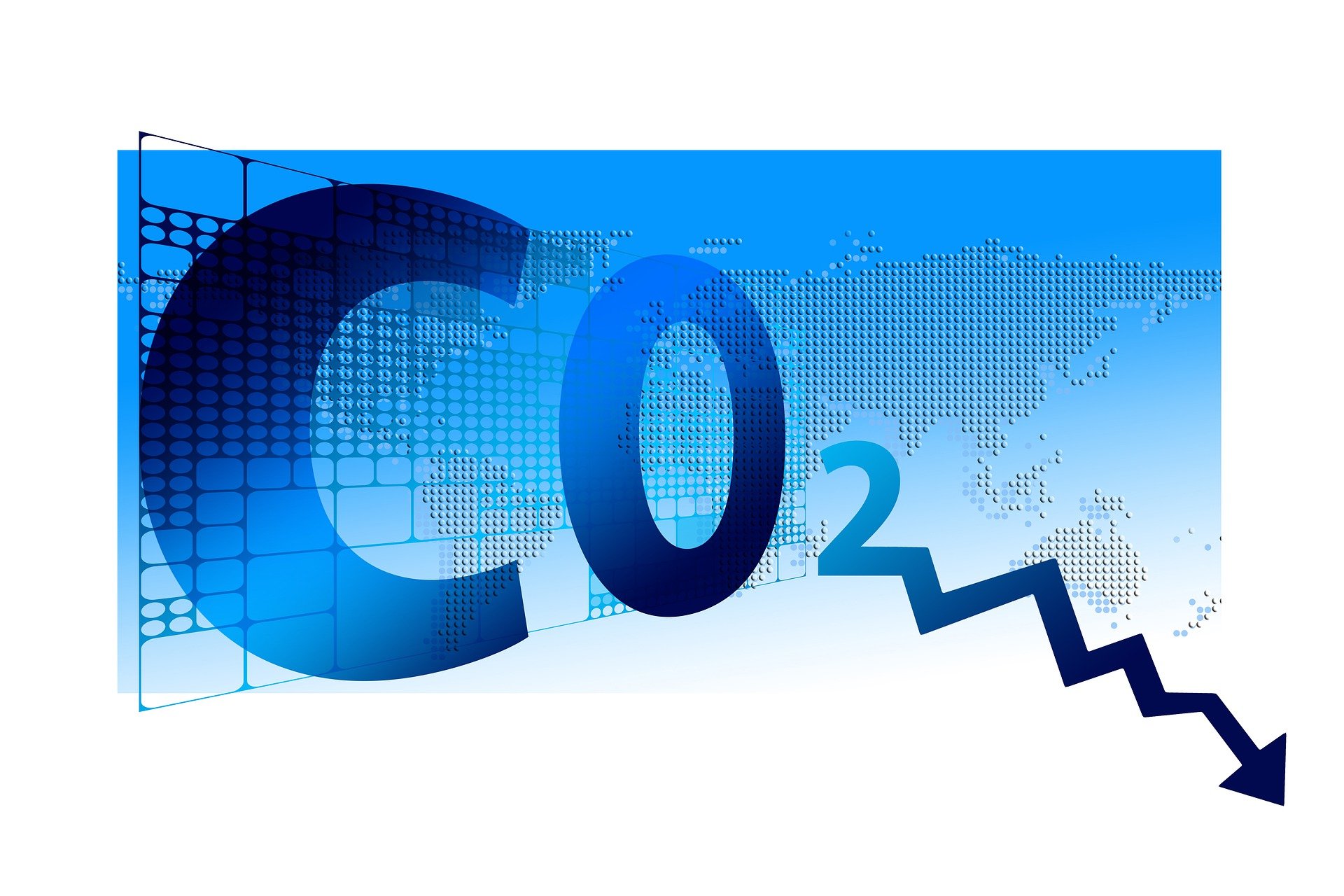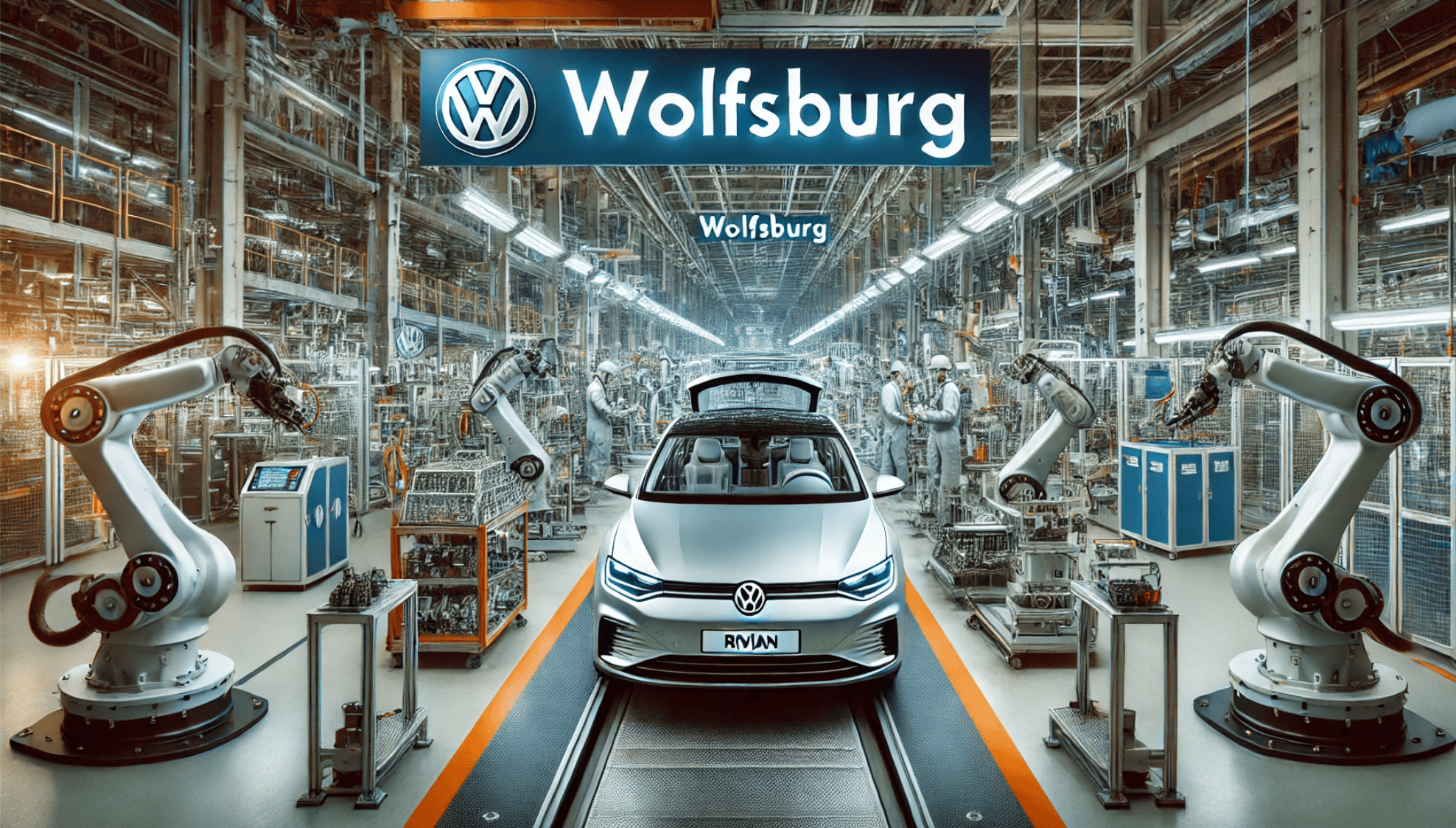
Pumps often run around the clock and can drive up energy consumption and costs. A collaborative project aims to remedy the situation and help save millions of tons of CO2, according to a press release.
Pumps are used relentlessly, whether they are moving water, fuels or oils. Constant operation without regard to their actual utilization often increases energy consumption and drives up operating costs, for example in the case of older circulating pumps in heating systems.
In a new joint project, researchers are investigating how the energy efficiency of pumps can be improved. Prof. Constantinos Sourkounis and Prof. Volker Staudt with their team from Ruhr University Bochum (RUB) are working together with groups from Münster University of Applied Sciences and the Dortmund-based technology company Wilo. The project “Holistic Optimization of Electric Drive Trains for Pump Applications,” or HEAP for short, will run for three years and is funded by the German Federal Ministry for Economic Affairs and Energy (BMWi).
Previous optimization missed the mark
The goal of HEAP is to develop a simulation tool that makes it possible to optimize the entire pump system. In this way, the project team aims to achieve the highest efficiency with the best possible energy efficiency and the lowest costs. “Until now, the many individual components of pumps have often still been optimized separately – often with reference to a nominal operating point, which is rarely needed in practice,” explains Constantinos Sourkounis. “This design usually contains unnecessary reserves – and is therefore usually not optimal in terms of overall efficiency, material use and costs.” His team at RUB’s Institute of Energy Systems Engineering and Power Mechatronics (EneSys) is particularly concerned with cross-system modeling and optimization.
The project is also investigating innovative semiconductors made of silicon carbide and gallium nitride, respectively. They are used in the power converters, which enable the pumps to be operated in a way that is adapted to the task at hand. Their special properties are likely to increase overall efficiency. Many constraints have to be taken into account: “Effort and costs play an important role, especially for mass products,” explains Sourkounis. This aspect is of great importance for the industrial partner Wilo, because the pumps should be efficient and cost-effective at the same time.
Saving millions of tons of CO2
The Münster-based group is focusing primarily on converter design, while Wilo is working intensively on suitable modeling and optimization of the pump itself, as well as on developing the simulation tool that will bundle models and optimization methods.
The new optimized pump systems are expected to benefit the environment as well as users and manufacturing companies. “We can save more than seven and a half terawatt hours of energy as well as four million tons of CO2 in the medium term. This will bring us a small step closer to the climate and energy policy goals in Germany,” hopes Constantinos Sourkounis.
Also interesting:
HyCool Project: Using Lost Heat from Solar Power in Cooling Systems
A modular facade supplies buildings with renewable energy
Selected for you!
Innovation Origins is the European platform for innovation news. In addition to the many reports from our own editors in 15 European countries, we select the most important press releases from reliable sources. This way you can stay up to date on what is happening in the world of innovation. Are you or do you know an organization that should not be missing from our list of selected sources? Then report to our editorial team.







